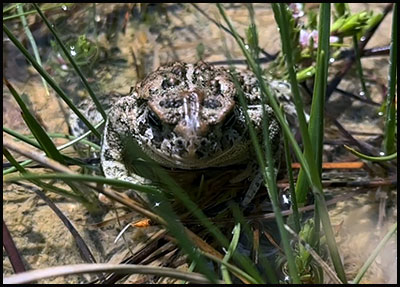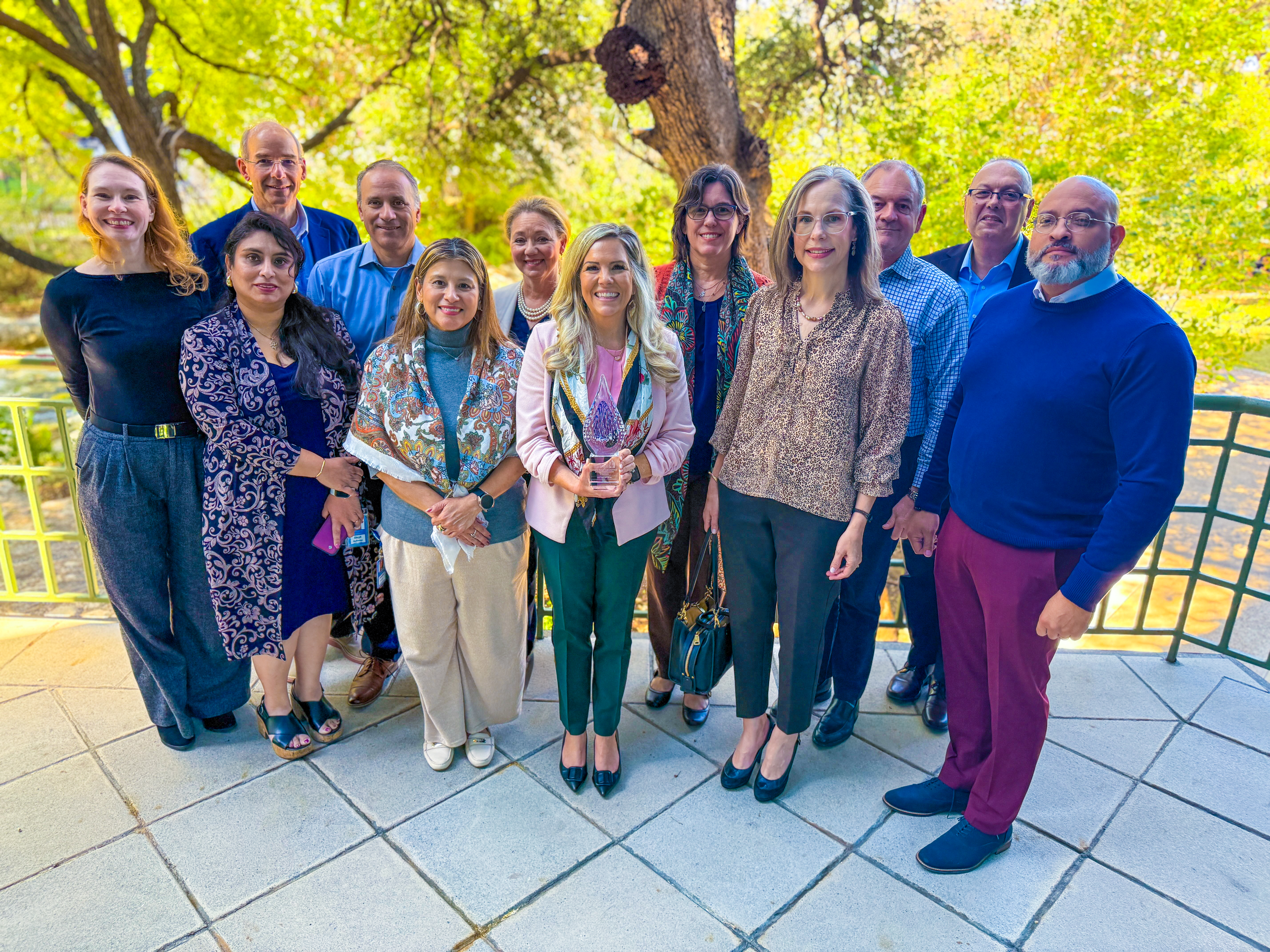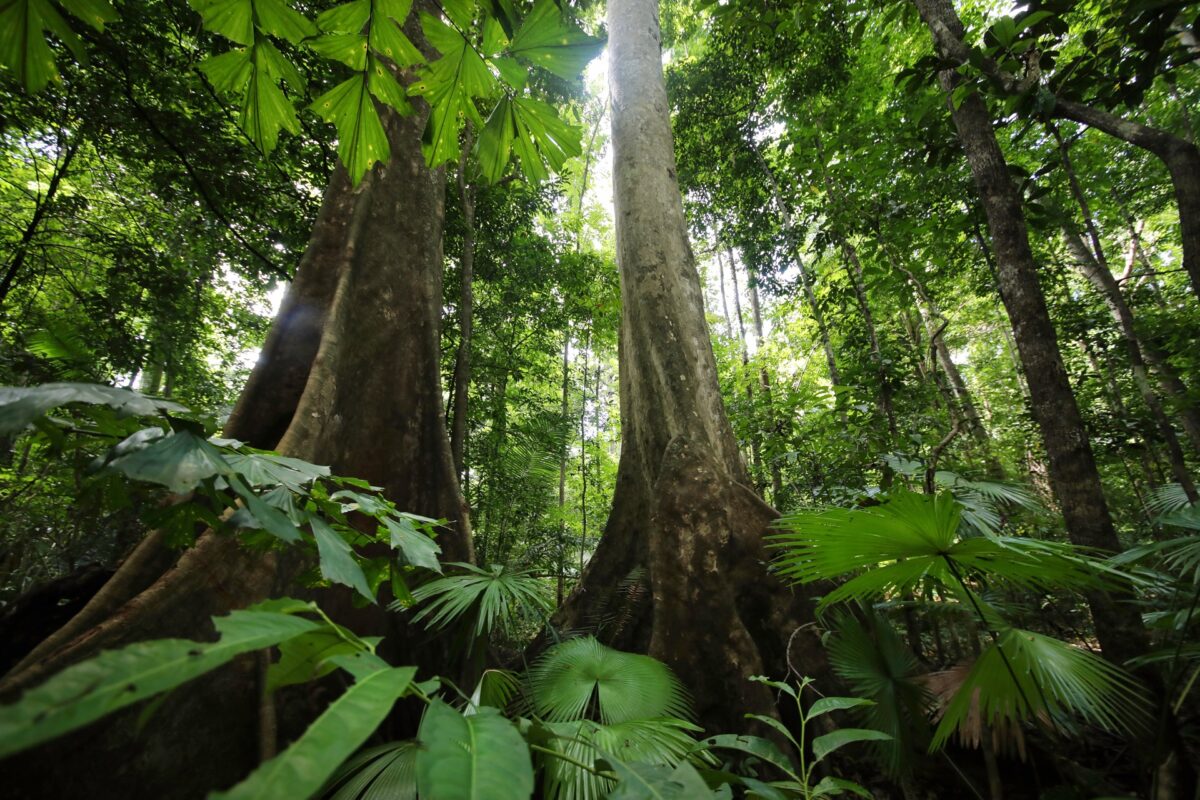An invasive species of algae could be behind rising mercury levels in the food chain – Wyoming Public Media

Report on the Ecological and Health Impacts of Invasive Algae in Coastal Ecosystems
Executive Summary
Scientific research in coastal North Carolina indicates that the invasive algae species, Gracilaria vermiculophylla, is causing significant environmental degradation and creating potential public health risks. These findings have direct implications for several United Nations Sustainable Development Goals (SDGs). The study highlights how the algae facilitates the production and bioaccumulation of methylmercury, a potent neurotoxin, thereby threatening the achievement of SDG 3 (Good Health and Well-being), SDG 14 (Life Below Water), and SDG 15 (Life on Land).
Habitat Degradation and Impacts on SDG 14 (Life Below Water) & SDG 15 (Life on Land)
The report identifies Gracilaria vermiculophylla, a macroalgae native to the Northwest Pacific, as a significant threat to Atlantic coastal estuaries from Georgia to New Hampshire.
Key Ecological Impacts:
- The algae forms dense mats that become entangled in native marsh grasses.
- According to coastal scientist Mariko Polk, this entanglement agitates and weakens the sediment structure.
- This destabilization leads to significant vertical and horizontal erosion of the marshland, resulting in the loss of critical coastal habitats.
Relevance to Sustainable Development Goals:
- SDG 14 (Life Below Water): The erosion caused by the algae directly undermines target 14.2, which calls for the sustainable management and protection of marine and coastal ecosystems to avoid significant adverse impacts.
- SDG 15 (Life on Land): The degradation and loss of estuarine marshland constitutes a direct threat to target 15.1, which aims to ensure the conservation and restoration of terrestrial and inland freshwater ecosystems and their services.
Mercury Contamination: A Threat to SDG 3 (Good Health and Well-being) & SDG 6 (Clean Water and Sanitation)
A primary concern detailed in the research is the algae’s role in the mercury cycle. Coastal biologist Byron Toothman’s research indicates a dangerous link between the invasive species and increased mercury levels in the food chain.
Mechanism of Contamination:
- The dense algae mats create low-oxygen environments on the sediment surface.
- These anoxic conditions promote the activity of microbes that convert elemental mercury into methylmercury, a highly toxic form that bioaccumulates in organisms.
- This process introduces a significant source of pollution directly into the ecosystem, impacting water quality and contravening the principles of SDG 6 (Clean Water and Sanitation).
Evidence of Bioaccumulation:
- A study of eastern mud snails, which are omnivorous detritivores, was conducted to measure mercury uptake.
- Snails living on or near the algae mats showed mercury levels two to three times higher than those in unaffected areas.
- Similar elevated mercury patterns were observed in other local organisms, including shrimp and oysters.
This bioaccumulation poses a direct threat to SDG 3 (Good Health and Well-being), specifically target 3.9, which aims to substantially reduce illnesses and deaths from hazardous chemical pollution. The contamination of seafood staples like shrimp and oysters presents a potential pathway for human exposure to methylmercury.
Conclusion and Recommendations
The presence of Gracilaria vermiculophylla in Atlantic estuaries represents a multi-faceted challenge to sustainable development. It degrades vital coastal ecosystems, compromises the health of marine life, and introduces a significant pollution risk with potential consequences for human health. The findings underscore the interconnectedness of environmental health and human well-being, which is central to the 2030 Agenda for Sustainable Development.
Areas for Future Research:
- Investigate the extent of mercury bioaccumulation further up the food chain, including in commercially harvested fish species.
- Assess the full impact on seafood safety, a critical issue for SDG 12 (Responsible Consumption and Production).
- Develop management strategies to control the invasive species and mitigate its effects, thereby protecting the ecological and economic resilience of coastal communities as envisioned in SDG 11 (Sustainable Cities and Communities).
1. Which SDGs are addressed or connected to the issues highlighted in the article?
SDG 14: Life Below Water
This goal is central to the article, which focuses on a coastal estuary ecosystem. The research investigates the impact of an invasive algae species on the marine environment, the health of marine organisms (snails, shrimp, oysters), and the chemical balance (mercury cycle) of the water and sediment.
SDG 15: Life on Land
The article connects to this goal through its discussion of an invasive alien species and its impact on a habitat. The algae damages the marsh grass habitat, which is a key part of the coastal ecosystem that interfaces between land and water. The article states, “The macroalgae will wash up against the shore and get entangled in the shoots of the grasses,” leading to erosion and habitat degradation.
SDG 3: Good Health and Well-being
This goal is relevant due to the potential risk to human health. The article explains how the invasive algae increases the presence of methylmercury, a neurotoxin, which “bioaccumulates up through the food chain.” The concern is explicitly stated: “Toothman says that might have an impact on seafood humans consume.”
SDG 12: Responsible Consumption and Production
The article touches upon this goal by highlighting how environmental pollution can affect food resources. The contamination of seafood like shrimp and oysters with mercury raises questions about food safety and the sustainable management of natural resources that are part of human consumption patterns.
2. What specific targets under those SDGs can be identified based on the article’s content?
SDG 14: Life Below Water
- Target 14.1: By 2025, prevent and significantly reduce marine pollution of all kinds. The article directly addresses this by investigating the increase of methylmercury, a toxic pollutant, in the coastal food chain due to the invasive algae.
- Target 14.2: By 2020, sustainably manage and protect marine and coastal ecosystems to avoid significant adverse impacts. The article describes the adverse impact of the algae on the estuary, where it “agitate[s] and weaken[s] the structure of the sediment under the grass,” causing erosion and habitat loss. The research itself is a step towards understanding how to manage and protect this ecosystem.
SDG 15: Life on Land
- Target 15.5: Take urgent and significant action to reduce the degradation of natural habitats. The article details the degradation of the marsh habitat, noting that the “loss of sediment can result in both vertical – so up and down – and horizontal – side-to-side – erosion of that area.”
- Target 15.8: By 2020, introduce measures to prevent the introduction and significantly reduce the impact of invasive alien species on land and water ecosystems. The entire article is about the impact of an invasive alien species, Gracilaria vermiculophylla, on a coastal North Carolina estuary.
SDG 3: Good Health and Well-being
- Target 3.9: By 2030, substantially reduce the number of deaths and illnesses from hazardous chemicals and water pollution and contamination. The research focuses on methylmercury, a hazardous chemical, and its bioaccumulation in the food chain, which poses a potential health risk to humans through seafood consumption.
SDG 12: Responsible Consumption and Production
- Target 12.4: By 2020, achieve the environmentally sound management of chemicals and all wastes throughout their life cycle…and significantly reduce their release to water and soil in order to minimize their adverse impacts on human health and the environment. The article discusses the creation of methylmercury in the environment (“microbes…create methylmercury”) and its release into the food web, highlighting an adverse environmental and potential human health impact.
3. Are there any indicators mentioned or implied in the article that can be used to measure progress towards the identified targets?
SDG 14: Life Below Water
- Indicator for Target 14.1: The concentration of mercury in marine organisms. The article provides a direct measurement: “On average, it’s about two to three times as much mercury” in snails on the algae mats. This can be used to track pollution levels in fauna like “shrimp and oysters.”
- Indicator for Target 14.2: Rate of coastal erosion and habitat loss. This is implied when the article describes how the algae causes the sediment to break off in “big chunks” and leads to “vertical… and horizontal… erosion of that area.”
SDG 15: Life on Land
- Indicator for Target 15.8: Geographic distribution and density of invasive alien species. The article mentions that the algae, Gracilaria vermiculophylla, “has been found in marshes and estuaries of the Atlantic, from Georgia to New Hampshire.” Tracking its spread is a key indicator.
SDG 3: Good Health and Well-being
- Indicator for Target 3.9: Level of hazardous chemicals in the food chain. The article’s core finding is the measurement of increased mercury in snails, shrimp, and oysters, which serves as a direct indicator of contamination that could affect human health.
4. Table of SDGs, Targets, and Indicators
| SDGs | Targets | Indicators |
|---|---|---|
| SDG 14: Life Below Water | 14.1: Reduce marine pollution.
14.2: Protect and restore marine and coastal ecosystems. |
Concentration of mercury in marine organisms (snails, shrimp, oysters).
Rate of coastal erosion and loss of marsh grass habitat. |
| SDG 15: Life on Land | 15.5: Reduce the degradation of natural habitats.
15.8: Reduce the impact of invasive alien species. |
Measurement of sediment loss and erosion.
Geographic distribution and density of the invasive algae Gracilaria vermiculophylla. |
| SDG 3: Good Health and Well-being | 3.9: Substantially reduce illnesses from hazardous chemicals and water pollution. | Level of methylmercury bioaccumulation in the food chain (snails, shrimp, oysters). |
| SDG 12: Responsible Consumption and Production | 12.4: Achieve environmentally sound management of chemicals to minimize adverse impacts. | Measurement of methylmercury created and released into the ecosystem by microbes under the algae mats. |
Source: wyomingpublicmedia.org

What is Your Reaction?
 Like
0
Like
0
 Dislike
0
Dislike
0
 Love
0
Love
0
 Funny
0
Funny
0
 Angry
0
Angry
0
 Sad
0
Sad
0
 Wow
0
Wow
0









































































